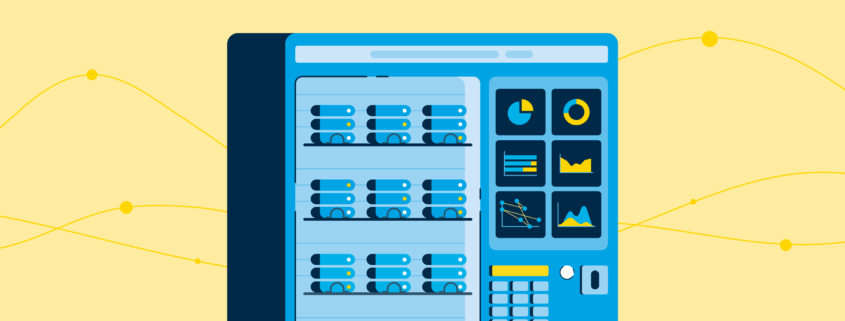How Data Virtualization Can Help Simplify Data Management
Data virtualization is the process of creating a virtual version of data that can be accessed by computers. It can be used to simplify data management by providing a single point of access to data that is stored in multiple locations. Data virtualization can also be used to improve performance by reducing the amount of data that needs to be moved between computers.
What is data virtualization?
Data virtualization is the process of creating a logical view of data that is distributed across multiple physical data stores. This view can be used to support reporting and analytics operations or to provide a single point of access to the data for other applications. The benefits of data virtualization include improved security and improved performance and scalability. Since all the data is consolidated into one location, it’s easier to manage security permissions and keep track of who has access to what information. When businesses need to scale up or down, they can do so more quickly and easily by adding or deleting resources as needed—all without having to reconfigure their systems. This improved scalability makes it easier for businesses to handle spikes in traffic or unexpected changes in demand.
What is data management?
When it comes to data, there are three key factors that businesses need to consider: collection, storage, and analysis. Data management is the process of organizing and managing data so that it can be effectively collected, stored, and analyzed. It is a critical part of any business, as it allows them to make informed decisions based on real-world data. Data management is necessary for a number of reasons. Data management helps to ensure data accuracy. By organizing and cleaning data, businesses can minimize the chances of inaccurate data being used. Data management also allows businesses to use data analytics to gain insights into their business. Data analytics can help businesses to identify trends, understand customer behavior and make better decisions.
How can data virtualization simplify data management?
Data virtualization is a process that simplifies data management by creating a virtual copy of the data. This process allows you to work with the data as if it were all in one place, even though it may be spread out over multiple locations. Data virtualization can also help improve the performance of data-intensive applications, and it can make it easier to manage large volumes of data. When implementing a data virtualization solution, there are several things to consider.
The first is the type of data to be virtualized. Not all types of data can be virtualized the same way. For example, transactional data is typically better suited for virtualization than reference or historical data. The next step is to determine which systems will need to access the virtualized data. This will help determine which platforms should be used to host the virtualized environment. Once the decision has been made on what type of data and systems will be involved, the next step is to map out how that information will flow between them.
This includes creating relationships between different tables and schemas, as well as defining filters and mappings that will dictate how the information is transformed from one format to another. After everything has been mapped out, the final step is to build and test the solution.
How do you set up data virtualization and data management?
Data virtualization and data management are key components of modern data architecture. There are a number of different ways to set up data virtualization and data management. The most important factor is to select the right tools and approach for your organization. Here are some of the most common approaches to data virtualization and data management:
- Data integration: Data integration tools can be used to combine data from multiple sources into a single virtual data layer. This can help improve data quality and consistency and make it easier to access and use the data.
- Data federation: Data federation tools can be used to aggregate data from multiple sources. This can help improve data visibility and access and can be used to support data analysis and reporting.
- Data virtualization platforms: Data virtualization platforms can be used to create a virtual data layer that abstracts the underlying data sources. This can help improve data quality and consistency and make it easier to access and use the data.
- Data management platforms: Data management platforms can be used to manage and govern the data, and to ensure that it is consistent and of high quality. Data management platforms can also include tools for data integration, data federation, and data virtualization.
















